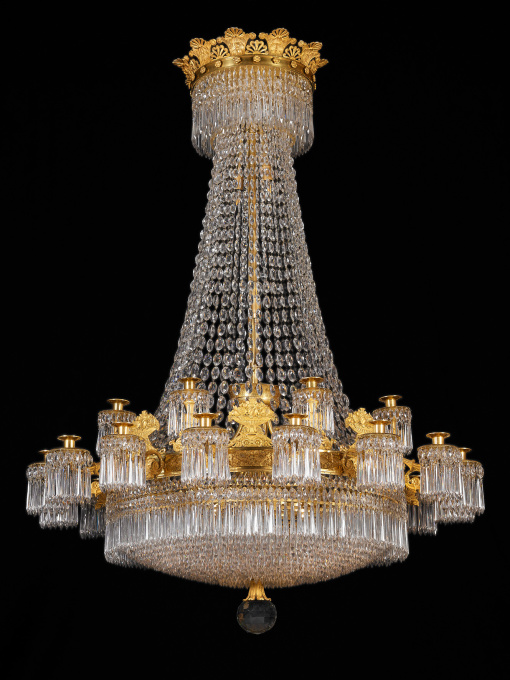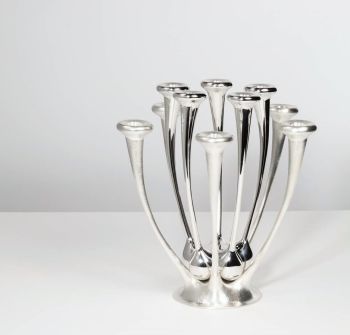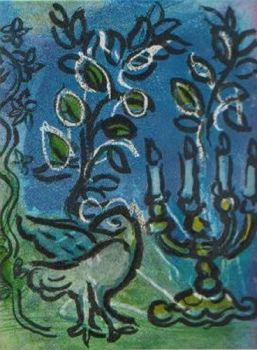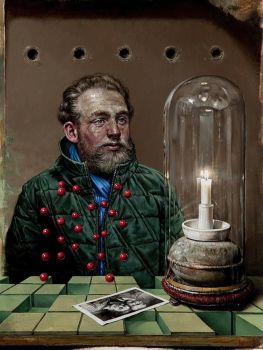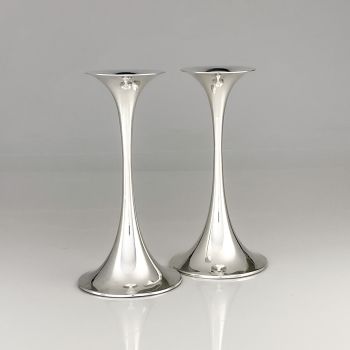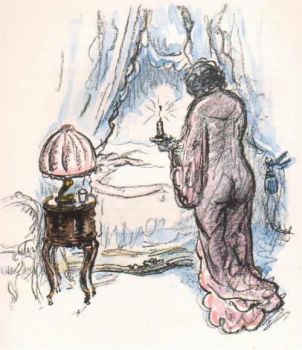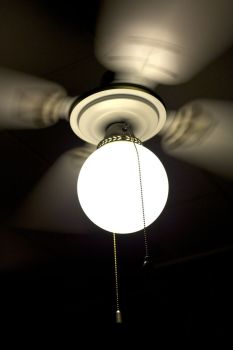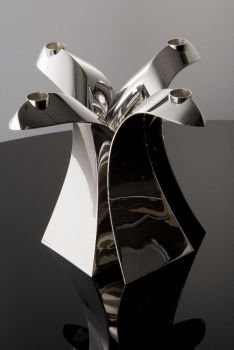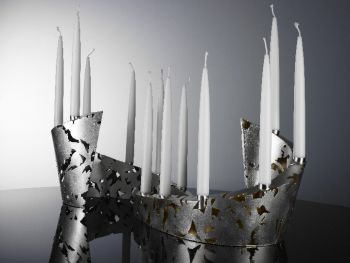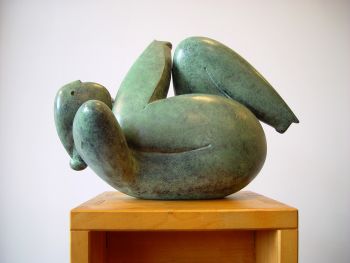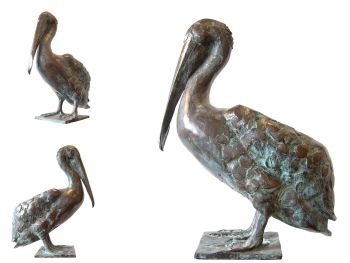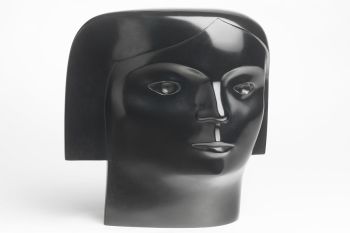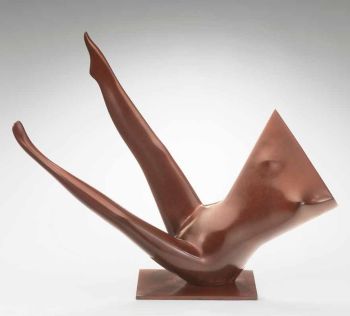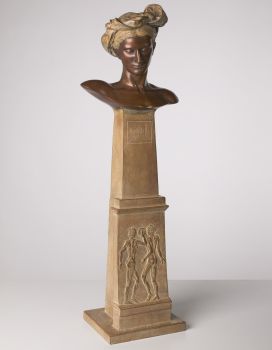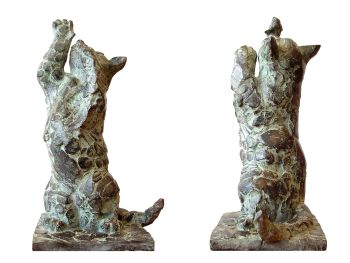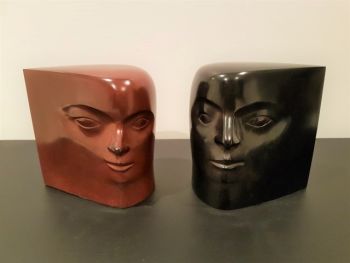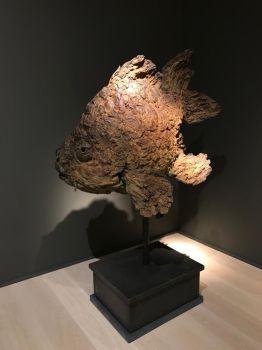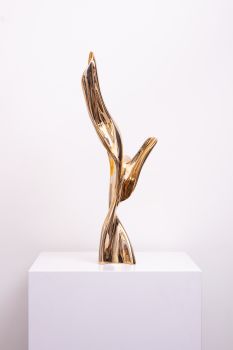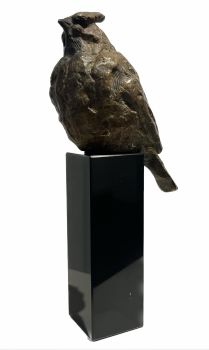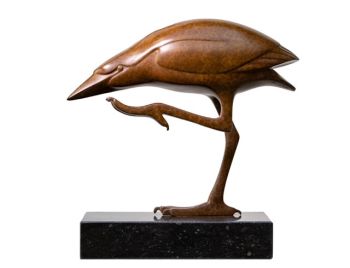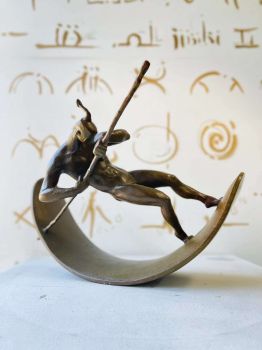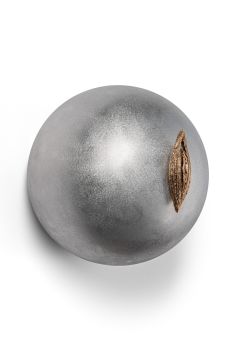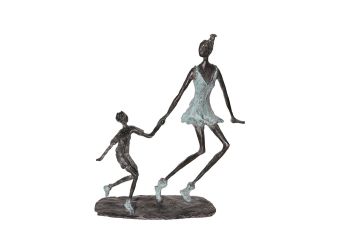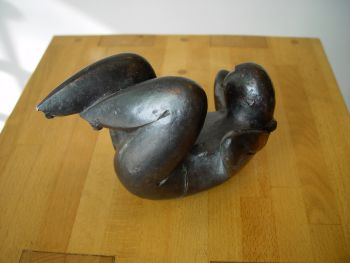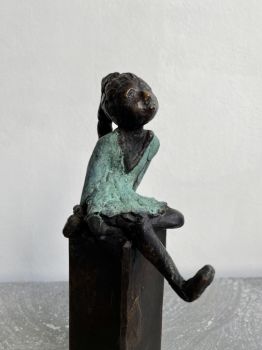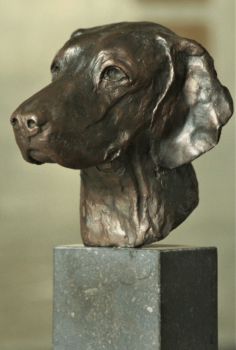A large Empire 24-light Chandelier attributed to Claude Galle 1815
Claude Galle
BronzeCrystalMetalGemstone
160 cm, ø 120 cm
ConditionExcellent
Currently unavailable via Gallerease
- About the artworkA large chandelier with 24 lights in two tiers from the French Empire period. The crown at the top of the chandelier is decorated with rosettes on the sides and decorations of alternately stylized palm leaves and lotus leaves. From this crown several rows of cut crystal icicles are hanging down. Forty-eight cords of cut crystal beads run down from the crown and are connected to the main tier.
The main tier, with 16 lights, is decorated with appliques with leaf and fruit motifs. The S-volute shaped arms end in plain shaped candle holders. From the drip trays a double row of crystal almonds and icicles is hanging down. Between every other light, on top of the main tier there are appliques of fruit baskets. The remaining spaces contain another row of eight lights. The dripping trays of these candle holders are decorated with cut crystal in the same manner as the main tier. The lower part of the circle is decorated with two rows of almond shaped crystal beads and 17 rows of crystal icicles. The centre is formed by a faceted crystal ball in a gilt bronze setting decorated with stylized leaf motifs.
A leader in his field, Claude Galle was born at Villepreux near Versailles who moved to Paris to begin an apprenticeship under the fondeur, Pierre Foy. In 1784 Galle married Foy's daughter and on his father-in-law's death in 1788 Galle took over the workshop, which he built up into one the finest of its kind with a workforce of about 400 craftsmen. Galle promptly moved the business to Quai de la Monnaie (renamed Quai de 1'Unité) and from 1805 operated from 60 Rue Vivienne. First listed in the trade registers in 1784 he was received as a maître-fondeur in 1786 and promptly gained the first of many commissions from the Garde-Meuble de la Couronne under Jean Hauré from 1786-88. He is known to have collaborated with Pierre-Philippe Thomire, amongst others, and was responsible for the majority of bronzes d'ameublement supplied during the Empire to Château de Fontainebleau. Other Imperial commissions included the supply of numerous vases, ewers, light fittings, figural clock cases and other fine bronze furnishings for the palaces at Saint-Cloud, the Trianons, Tuileries, Compiègne, Rambouillet and a number of the Italian palaces including Monte Cavallo, Rome and Stupinigi near Turin. Yet despite numerous important commissions Galle was often in debt, partly on account of his lavish life style and also since many of his clients, such as Prince Joseph Napoleon, failed to pay him. After his death Galle's business was reopened and prospered under his son, Gérard-Jean Galle (1788-1846). His work can be found among the world's finest collections including those mentioned above as well as the Musée National de Château de Malmaison, the Musée Marmottan in Paris, the Museo de Relojes at Jerez de la Frontera, the Residenz Munich and the Victoria and Albert Museum in London. - About the artist
Claude Galle was born in Villepreux near Versailles. He moved to Paris to begin an apprenticeship under the fondeur Pierre Foy. In 1784, Galle married Foy’s daughter and when Foy himself passed away in 1788, it was Galle who took over his workshop and built it up into one of the finest of his kind, employing about 400 craftsmen. In 1805, Galle moved his business to Quai de la Monnaie, and operated from 60 Rue Vivienne.
In 1786 he had already became a Maître-Fondeur, and in 1786-1788 he gained the first of many commissions from the Garde-Meuble de la Couronne, under Jean Hauré. He is known to have collaborated with Thomire, and was responsible for the majority of bronzes d’ameublement supplied during the Empire to Château de Fontainebleau. His other Imperial commissions include the supply of numerous vases, ewers, figural clocks, light fittings, for a number of other French Châteaux, as well as Italian palaces. Despite his popularity, Galle was often in debt because of a lavish lifestyle and the failure of many of his clients to actually pay him. After Galle’s death his workshop was continued by his son, Gérard-Jean Galle (1788-1846). His work can be found among the world’s finest collections, such as those of Musée National de Château de Malmaison and the Victoria and Albert Museum in London.
Artwork details
Related artworks
Unknown artist
Set Franse Empire Pendules / Empire Lectura penduleearly 19th
Price on requestKuipers Kunst & Antiek
Unknown artist
18th Century Diamond Bracelet with 2000-year-old Intaglios1790
€ 23.000Adin Fine Antique Jewellery
 Curated by
Curated byDanny Bree
1 - 4 / 15Unknown artist
A MARINE IVORY NETSUKE OF A DUTCHMAN HOLDING A CHINESE FAN18th century
Price on requestZebregs & Röell - Fine Art - Antiques
1 - 4 / 24- 1 - 4 / 10
- 1 - 4 / 24

